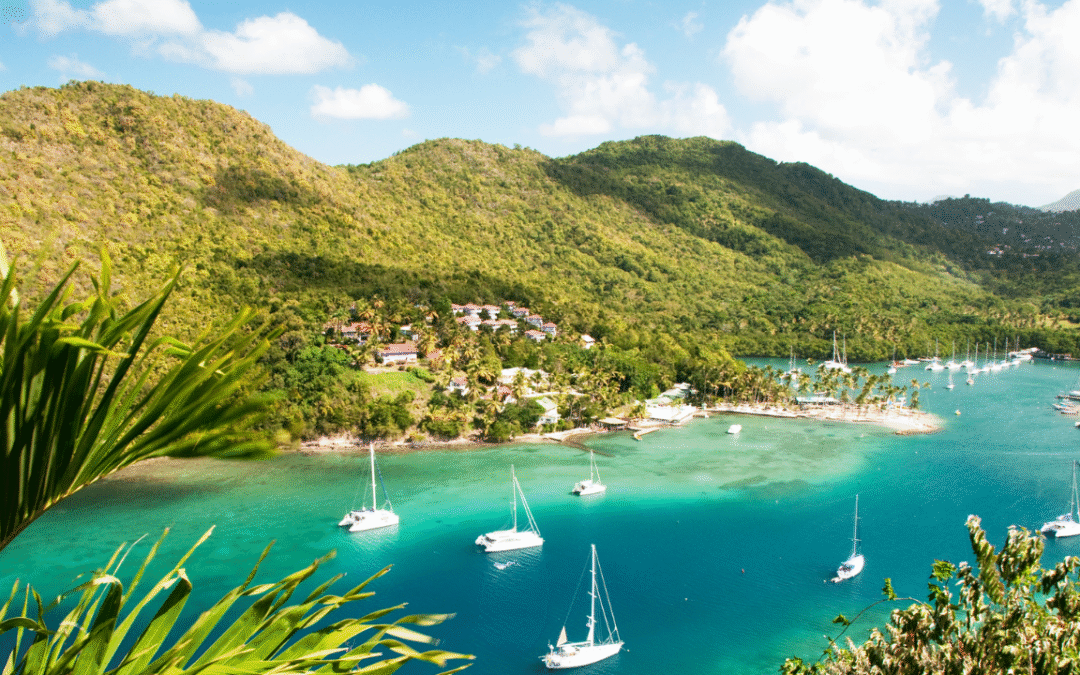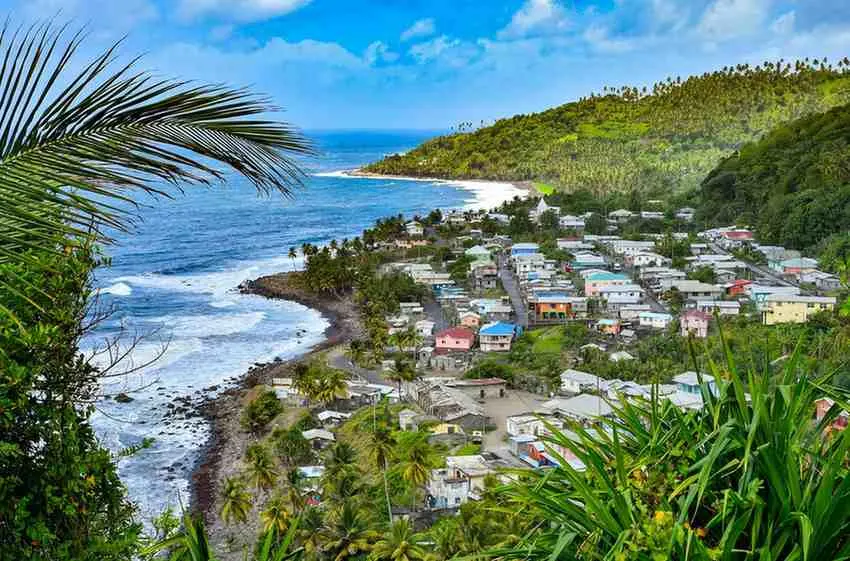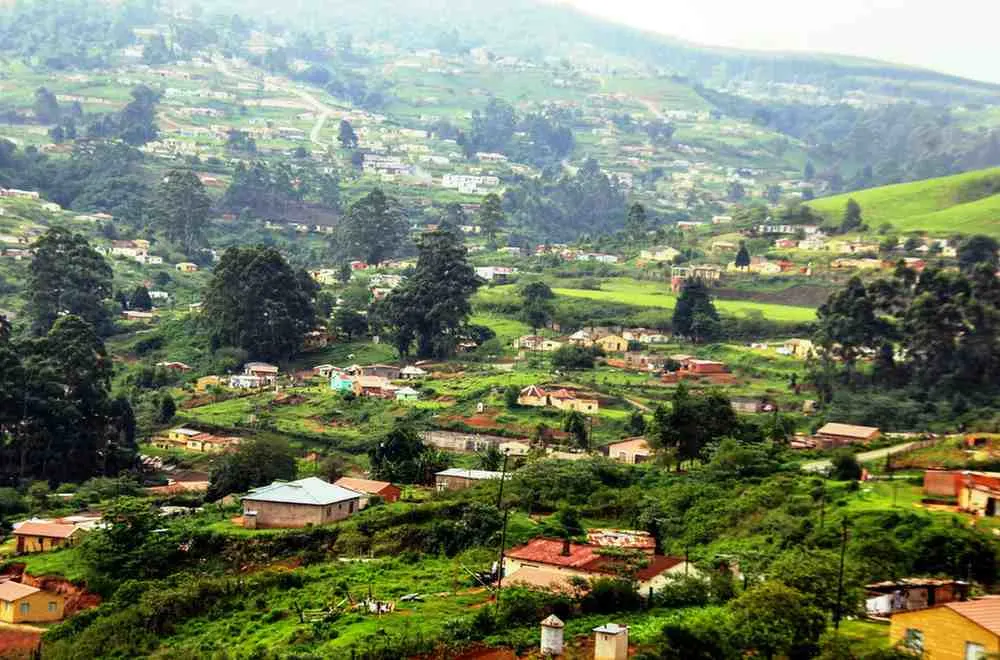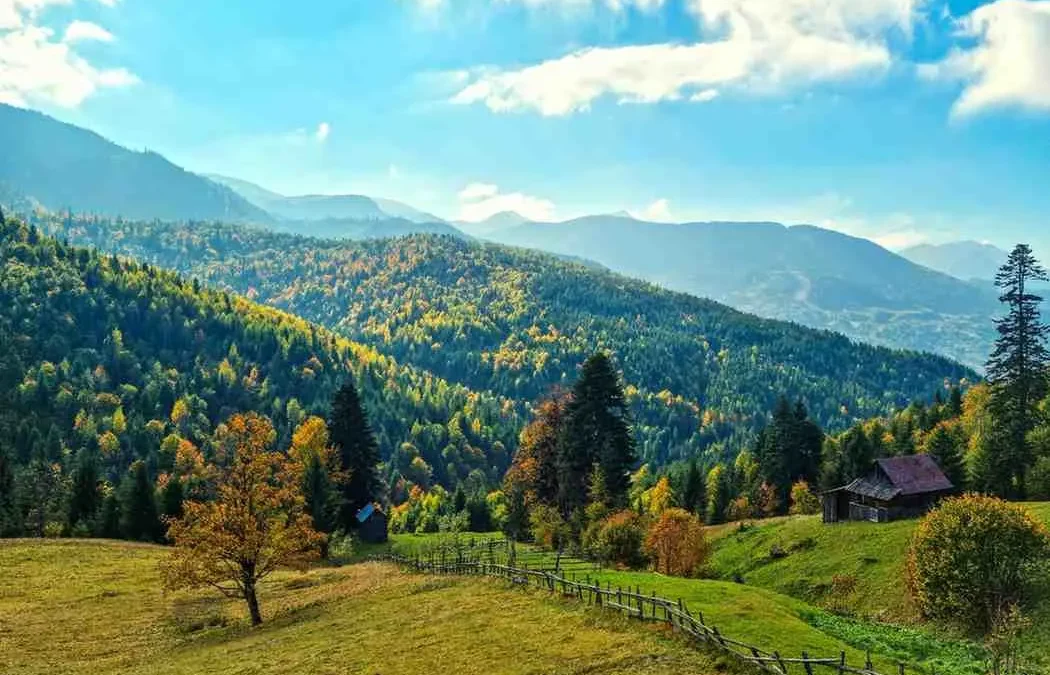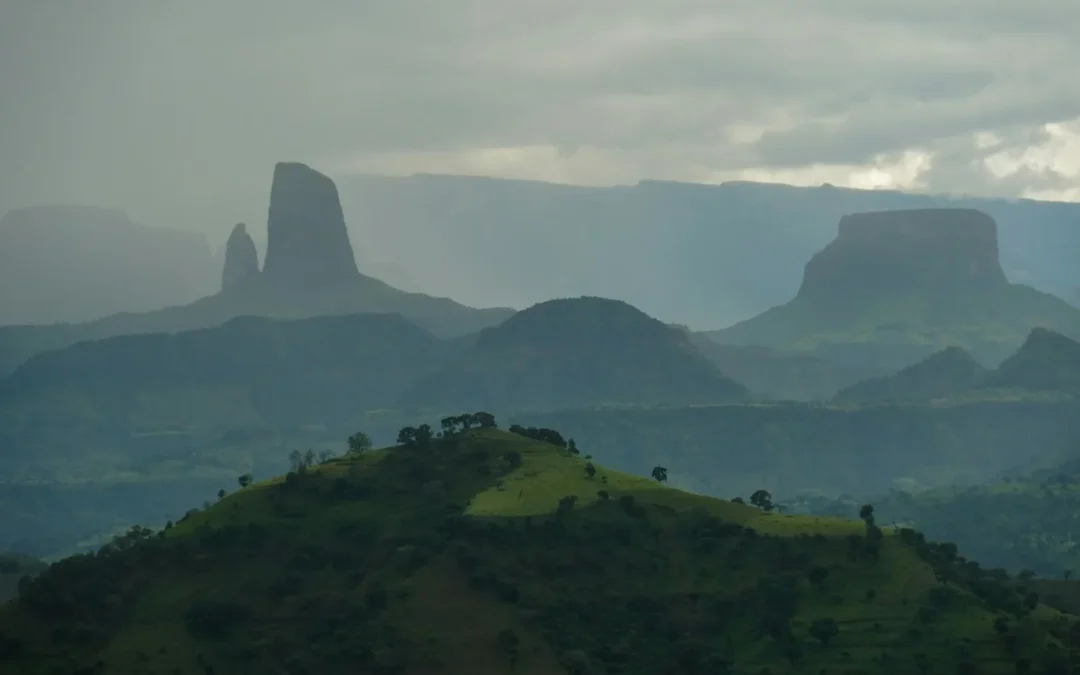Best Time to Visit Ireland: Let me share what I learned from visiting Ireland during different seasons. Timing your trip makes all the difference between a magical experience and a rainy disappointment.
Ireland’s Famous Weather
Unpredictable Conditions
Irish weather keeps you guessing. I remember one afternoon in County Kerry when I experienced sunshine, rain, and wind all within a few hours. The key is packing layers and staying flexible. Always bring a waterproof jacket, regardless of the season.
Spring Beauty: March to May

Spring sunny fashion portrait of pretty blonde lady woman posing in blooming garden, wearing white boho outfit and straw hat.
Spring Highlights
Spring became my favorite time in Ireland. Last April, I watched the countryside come alive with newborn lambs and blooming daffodils. Temperatures hover around 8-12°C – perfect for hiking and exploring. You’ll find smaller crowds and better prices before the summer rush.
Spring Considerations
St. Patrick’s Day in March brings incredible energy but also large crowds. If you’re not specifically coming for the festival, April or May offers better value and quieter attractions.
Summer Energy: June to August

A young female holding a telephone and sitting on the grass with her friends on the back. High quality photo
Summer Advantages
Summer brings Ireland’s warmest weather and longest days. I drove the Wild Atlantic Way last July and caught brilliant sunshine that showed the coast at its absolute best. Temperatures reach 15-20°C with up to 18 hours of daylight during summer solstice.
Summer Challenges
This is festival season with a great atmosphere, but you’ll pay higher prices. Book your rental car and hotels months in advance. Remember – good weather isn’t guaranteed. Always have backup plans for rainy days.
Autumn Colors: September to November
Autumn Beauty
Autumn might be Ireland’s most underrated season. I visited in October and saw landscapes turn golden. Summer crowds disappear while weather often remains mild until late October.
Autumn Experiences

Portrait of a charming redhead girl with a backpack in the foreground and a group of friends looking at map and planning hike in the background at autumn forest.
This is harvest season – perfect for food lovers. I enjoyed fresh Galway seafood and orchard apples. Temperatures range 8-14°C, ideal for comfortable exploration.
Autumn Considerations
Daylight decreases quickly. By November, you only get about 8 hours of light. Weather becomes more unpredictable with stronger winds and rain.
Winter Charm: December to February
Winter Atmosphere
Winter offers a completely different Ireland. I visited in January and found empty roads and quiet towns. While cold (4-8°C) with short days, there’s magic in winter Ireland.
Winter Advantages

This is the best time for cozy pub experiences. I spent evenings listening to traditional music by warm firesides. You’ll find the lowest prices and smallest crowds.
Winter Challenges
The trade-off is limited daylight – only 7-8 hours in December. Some attractions reduce hours or close completely. Plan your days carefully and prepare for stormy weather.
Regional Differences
West Coast
Galway and Kerry areas tend to be wetter but more dramatic in scenery.
East Coast
Dublin and Wicklow are generally drier and slightly warmer.
Northern Areas
Donegal and Antrim experience the wildest weather but offer stunning landscapes.
Microclimates
Coastal areas have milder temperatures but stronger winds. Inland areas get colder but might be drier. You can experience sunshine on one mountain side and rain on the other.
Special Events Calendar
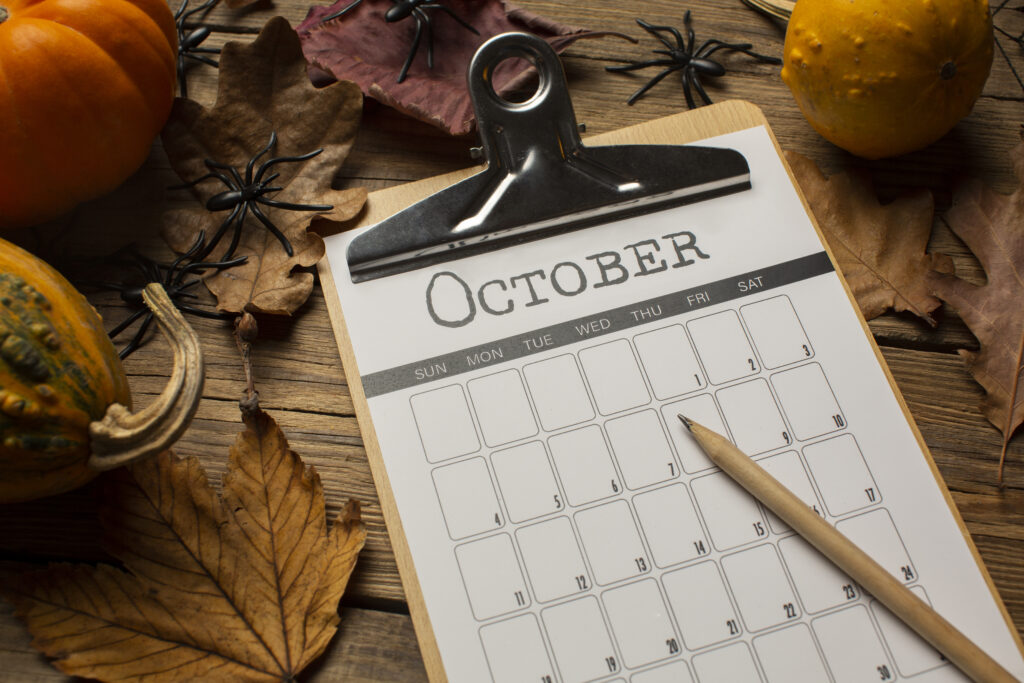
March
St. Patrick’s Day brings big celebrations but huge crowds.
June-August
Tourist season means everything is open but busy.
April-May/September-October
Shoulder seasons offer a good balance of amenities and crowds.
December
Christmas creates a magical atmosphere but has very short days.
Monthly Weather Guide

March
Emerging spring with temperatures around 5-10°C
April
Spring proper with 7-12°C temperatures
May
Best spring weather ranging 8-15°C
June
Early summer with 11-18°C temperatures
July
Peak summer reaching 13-20°C
August
Summer continues with 12-19°C
September
Early autumn offering 10-16°C
October
True autumn with 8-14°C temperatures
November
Late autumn cooling to 5-10°C
December
Winter begins with 4-8°C temperatures
January
Deep winter ranging 3-7°C
February
Late winter with 4-8°C temperatures
Choosing Your Time

Young beautiful brunette woman holding an alarm clock standing over white background. High quality photo
First-time Visitors
May or September offer the best balance
Budget Travelers
November-February (outside Christmas) provides lowest prices
Good Weather Seekers
June-August delivers warmest temperatures
Photographers

Young stylish photographer holds professional camera, taking photos. Dressed in warm fashionable jacket, scarf, jeans, with black school bag. Outdoors.
April-May or October offer best lighting conditions
Crowd Avoiders
November-February ensures smallest crowds
Pub Lovers
October-March provides coziest atmospheres
Packing Essentials
All Seasons
- Waterproof jacket and shoes
- Multiple clothing layers
- Comfortable walking shoes
- Irish electrical adapter
- Smartphone for weather apps
Final Advice: Best Time to Visit Ireland
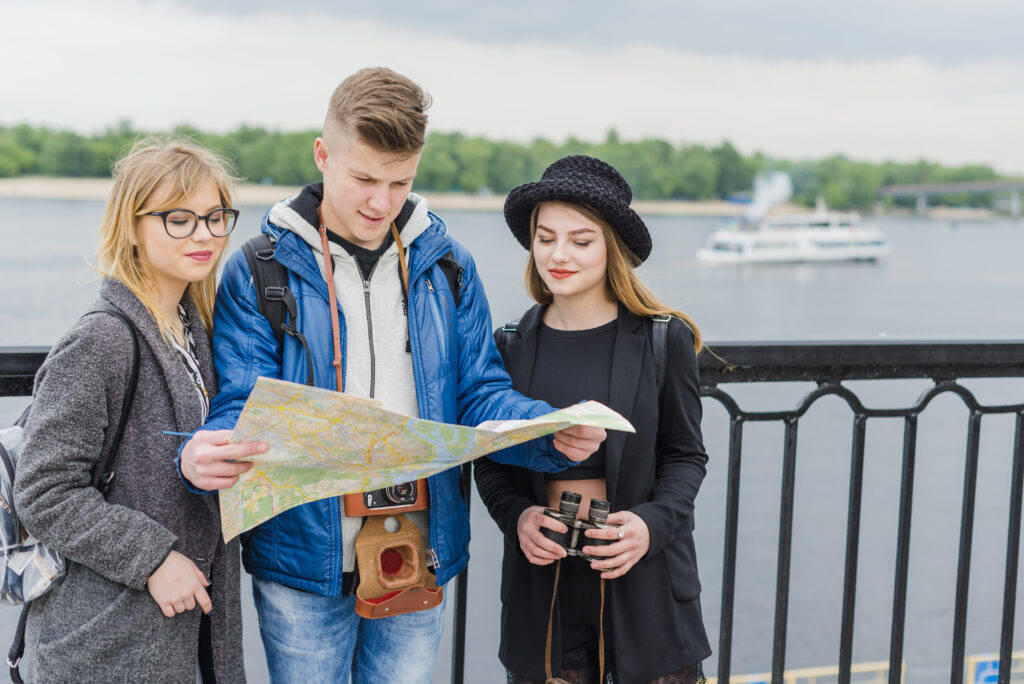
Embrace Flexibility
Ireland’s magic doesn’t require perfect weather. My best memories happened during rain – discovering hidden waterfalls or sharing stories in pubs during storms.
Best Approach
The ideal time to visit is when you can embrace unpredictability. Come with flexible plans and an adventurous spirit. Ireland’s beauty shines through its people and landscapes in any season.
Lasting Memories
You’ll leave with memories of breathtaking views, warm hospitality, and that special feeling that calls you back regardless of when you visit. Each season offers its own unique charm in this beautiful country.

